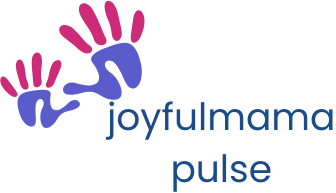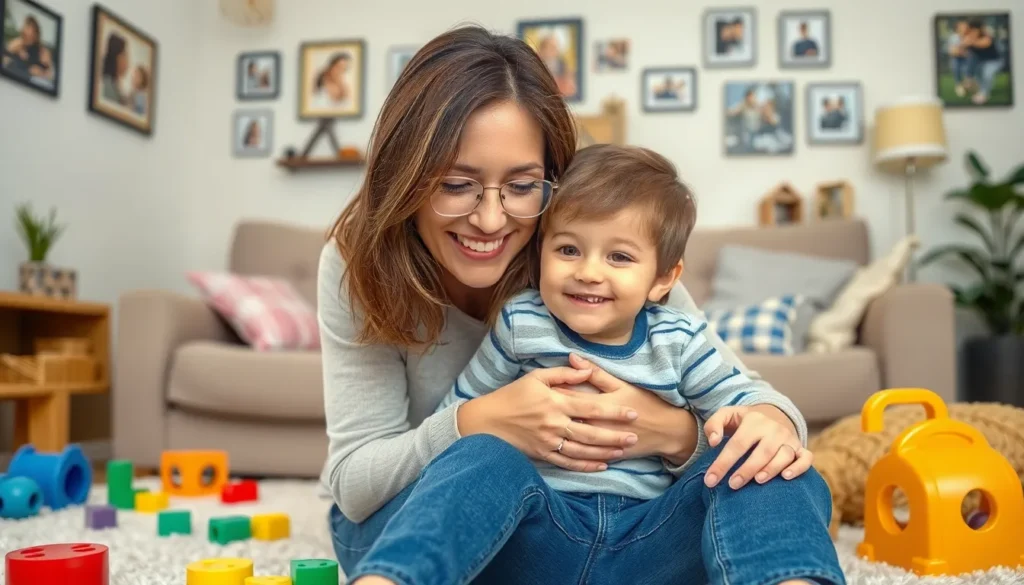Table of Contents
ToggleWhen it comes to creating a loving home for children in need, two terms often pop up: fostering and adoption. While they might sound like interchangeable terms in the world of child welfare, they’re actually quite different. Think of fostering as a temporary pit stop on the road to a permanent home, while adoption is the final destination where love and commitment take the wheel.
Understanding Fostering
Fostering provides temporary care for children who cannot live with their biological families. This process offers a safe environment while working towards reunification or other long-term solutions.
Definition of Fostering
Fostering involves caring for children placed in the home of a licensed foster parent. Those children may experience various circumstances such as abuse, neglect, or family challenges. A foster parent provides love, support, and stability during this transitional phase. Termination of parental rights may occur, but fostering remains distinct from adoption, which signifies a permanent arrangement.
Types of Foster Care
Multiple types of foster care exist to meet the needs of children. Traditional foster care places children in home environments while providing access to supportive services. Specialized foster care offers additional support for children with unique needs, such as disabilities or behavioral challenges. Emergency foster care provides immediate placement for children in crisis situations. Respite care, on the other hand, offers temporary relief for foster parents. Each type serves a specific purpose, emphasizing the flexibility of the foster care system.
Understanding Adoption

Adoption provides a permanent family connection for children in need. This legal process transfers parental rights from biological parents to adoptive parents, creating a new, lasting family structure.
Definition of Adoption
Adoption signifies a legal commitment to parent a child who is not biologically related. The adopting parents receive legal responsibility for the child’s care, education, and well-being. This step often involves thorough background checks, home studies, and legal proceedings to ensure suitability for the child. Adoption fosters a sense of belonging, as children gain new family ties and the support they deserve.
Types of Adoption
Adoption comes in various forms, catering to different needs and circumstances. Domestic adoption allows individuals or couples to adopt children from within their country. International adoption involves bringing children from foreign countries into a new family. Foster care adoption occurs when children in the foster system need a permanent home, providing them stability. Lastly, step-parent adoption occurs when a new partner legally adopts their spouse’s child, solidifying family bonds. Each type serves unique situations, but all aim to create loving, committed families.
Key Differences Between Fostering and Adoption
Fostering and adoption represent distinct approaches to caring for children in need, each with unique legal, emotional, and relational aspects.
Legal Aspects
Fostering involves a temporary caregiving arrangement governed by child welfare agencies. Many foster parents do not hold permanent legal rights over the child, as the primary goal focuses on reunification with biological families. Adoption, on the other hand, signifies a complete legal transfer of parental rights. Adoptive parents gain full custody, making decisions about the child’s future, healthcare, and education.
Duration of Care
Fostering typically serves as a short-term solution. Children may remain in foster care for weeks or months as families work towards reunification or other long-term plans. Adoption represents a lifelong commitment, ensuring that children become integral members of their adoptive families. Once an adoption is finalized, the child’s placement is permanent, offering stability and security.
Relationship with Biological Parents
Foster parents may maintain a relationship with biological parents, which can be crucial for the child’s emotional well-being. Visitations often occur as part of the reunification process. Adoptive parents, however, do assume the primary parental role, leading to a more defined separation from biological parents. In some cases, open adoptions may allow for ongoing contact, but the legal recognition of the adoptive family remains paramount.
Benefits and Challenges
Fostering and adoption each offer unique advantages and face distinct challenges. Understanding these factors helps prospective parents make informed choices.
Benefits of Fostering
Fostering provides a nurturing environment for children needing temporary care. It allows foster parents to make a meaningful difference in a child’s life during a critical transition. Flexibility in fostering arrangements accommodates various family dynamics and situations. Short-term commitments help families test their readiness for long-term parenting. Support services often accompany foster care placements, assisting with children’s emotional needs. The experience fosters personal growth for both children and caregivers, enhancing skills in empathy and patience.
Benefits of Adoption
Adoption establishes a permanent family connection, offering lifelong stability for children. Legal rights transfer fully from biological parents, ensuring adoptive parents gain authority and responsibility. Financial assistance and resources often support adoptive families, reducing the economic burden. Adoption provides children with a sense of belonging and identity in a stable home environment. Forming strong, unconditional bonds develops healthy relationships and emotional security. Diverse adoption options, such as open or closed adoptions, cater to families’ specific preferences while serving children’s best interests.
Challenges of Fostering
Fostering can present emotional hurdles for both children and foster parents. Emotional attachment often complicates the process, particularly when children reunite with biological families. Navigating the legal system requires ongoing communication with child welfare agencies, creating additional stress. Managing differing parenting styles between biological and foster families can lead to conflicts. The need for regular assessments and evaluations may deter some prospective foster parents. Additionally, fostering children with complex needs can challenge caregivers without the necessary resources and support.
Challenges of Adoption
Adoption involves a lengthy legal process, often accompanied by extensive paperwork and background checks. Adjusting to new family dynamics may take time, impacting emotional well-being for both children and parents. Adoptive parents might face challenges related to the child’s past experiences, such as trauma or attachment issues. Financial implications of adoption, including adoption fees and post-adoption counseling, can strain budgets. Open adoptions may introduce complexity in managing relationships with biological families. Societal perceptions regarding adoption can add pressure to adoptive parents navigating their roles.
Fostering and adoption serve vital roles in the lives of children in need. Each path offers unique opportunities and challenges that prospective parents should consider carefully. Fostering provides a temporary haven for children navigating difficult transitions, while adoption establishes a permanent family bond that ensures lifelong stability. Understanding these differences helps individuals and families make informed decisions that align with their values and circumstances. Ultimately, both fostering and adoption contribute significantly to creating loving homes and nurturing environments for children, making a lasting impact on their lives.





